There’s something incredibly evocative about the colours at sunset and sunrise. (In fact, I wrote a whole article a while ago about it for Landscape Photography Magazine)
In this blog post, I’ve collected a few thoughts about what I look for when creating a good sunset image.
In most cases, simply shooting an orange sky by itself is boring. Nice colours, and all, but boring. The thing that really makes it interesting is having some shapes in the frame. Whether that’s trees, buildings, clouds, animals – it’s up to you. Usually, at sunset, it’s getting pretty dark, so any shapes that are in the scene are dark and end up more or less silhouetted. Actually, this is perfect: what you’re looking for here is simple graphical shapes that look interesting against a sunset sky. So, a gnarled tree, or a line of giraffes is perfect.
Speaking of gnarled trees and giraffes, here’s one from Kenya:
Practically speaking, what you’ll probably have to do is push the white balance on your camera to the warmer end – usually warmer than the camera is likely to set by itself. The best settings are if you shoot in raw and expose for the highlights, i.e. the brightest part of the sky. Be careful not to expose for the sun if it’s in the frame though. Partly you could damage your camera’s sensor if pointing directly at the sun and partly because the sun will always be a burnt out highlight. So, get a nice bright exposure with your histogram biased to the right hand side, but so that the brightest part of the sky (except for the sun) is near the right hand end of the graph.
What this does is records the greatest amount of data available so you can adjust things in post-processing. Speaking of post-processing, don’t be scared to warm the white balance up and push the vibrance / saturation until the shot fizzes.
Using this technique of exposing for the highlights, this image of a storm cloud late one evening in France is very dynamic:
Mixing things up a bit, here are two urban images. The first is of the Angel of the North in Gateshead. The orange sky is actually a long exposure of streetlights reflected against the cloudy sky. The powerful shape of the Angel cutting through the frame makes the shot interesting. Secondly, there’s a shot of the Millennium Bridge on the Tyne. The colours here are gentler, but again, the shapes of the bridges and The Sage make the photograph worth taking.
Back to Kenya for a couple of evocative wildlife images – elephants then antelope and trees. With both of these, I’ve used the animals in silhouette against the sky to give a relaxing but graphically interesting photo.
It’s worth experimenting with sunsets and looking for animals or birds if they’re around. You don’t have to include the land in the shot if there’s enough interest in the sky. The next photo is of a flock of curlews flying past one evening. You know they’re curlews because they have curved bills. The simplicity of a silhouette nicely captures that against the sky.
Lastly, I’ll sign off with some UK images: again silhouettes but using the interesting shapes of the wildlife in their environment to create pleasing photos. The first is a roebuck at Studley Royal deer park in Yorkshire and the second is a jackdaw on a church roof next to where we used to live in Ryton.













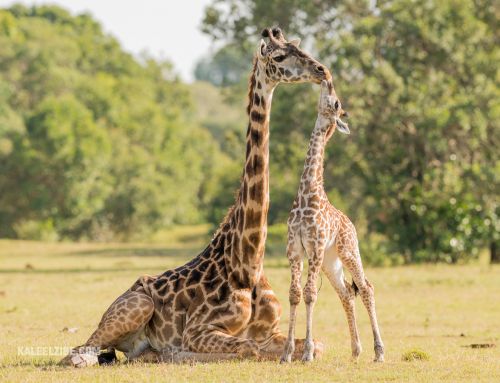
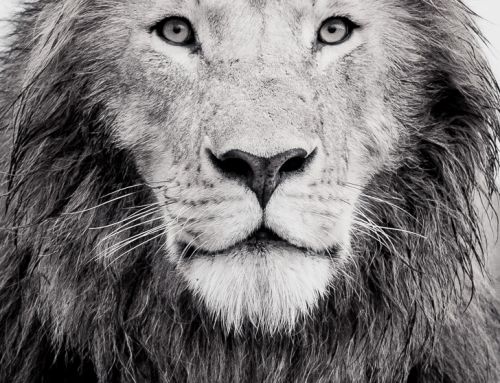
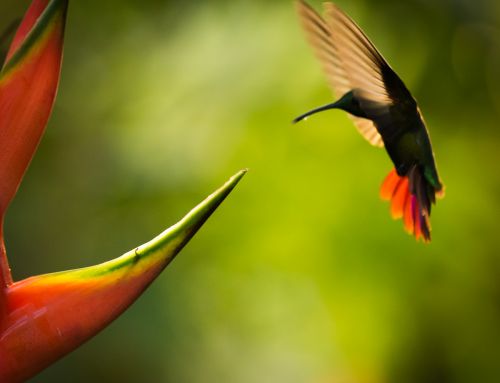
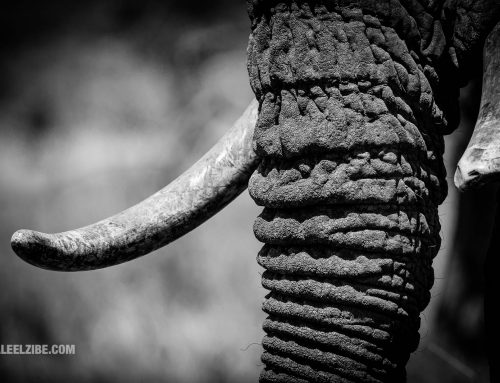
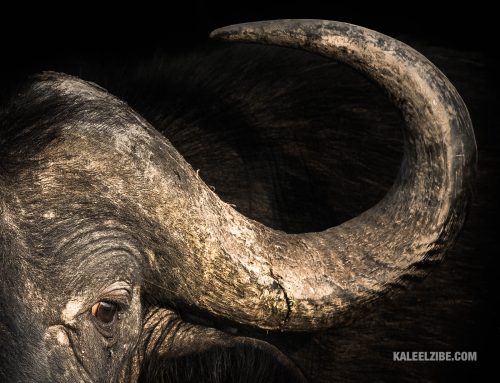
Leave A Comment